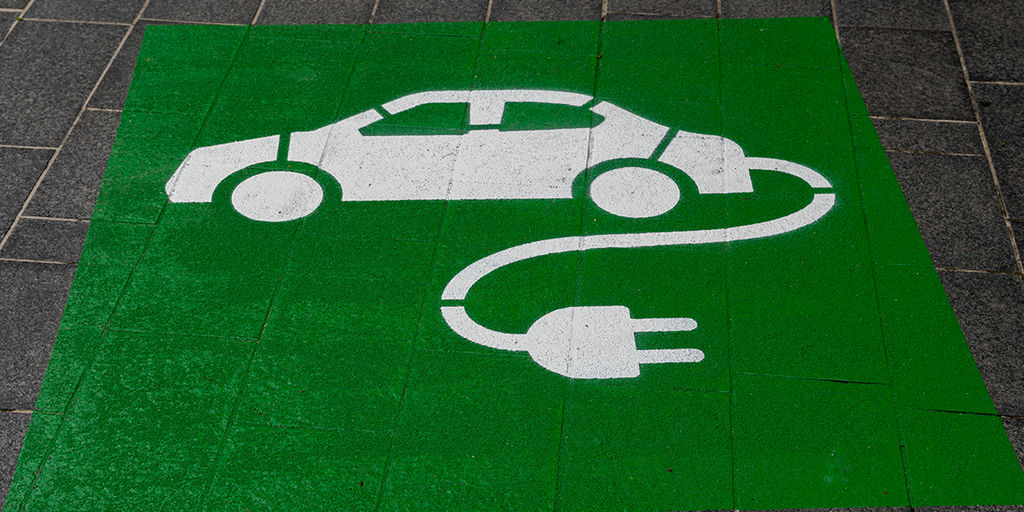What You Need to Know About Electric Vehicle Tax Credits

Image Source: Michael Marais/Unsplash
This is the first in a series of articles that will provide guidance on how taxpayers in the United States can receive federal tax credits under provisions of the Inflation Reduction Act (IRA) of 2022 intended to promote clean energy.
The U.S. government is offering a straightforward route for consumers to receive up to $7,500 in federal tax credits for buying an electric vehicle (EV) – file the correct form with your upcoming tax return and claim the benefit. But “straightforward” does not necessarily mean “simple.” Here’s what you need to know when filing Internal Revenue Service (IRS) Form 8936.
Signed into law on August 16, 2022, the Inflation Reduction Act (IRA) contains, among a host of provisions, $369 billion for a decade of clean energy and associated incentives to reduce greenhouse gas emissions that are the primary contributor to climate change. The legislation is a central component of past and present activities that the Department of Energy (DOE) projects could by 2030 reduce U.S. emissions by 40 percent from 2005 levels.
The IRA revised the existing Qualified Plug-in Electric Drive Motor Vehicle Credit, now rechristened the Clean Vehicle Credit. The program in 2023 and going forward provides a maximum of $7,500 in federal income tax credits for purchasing new four-wheel all-electric, fuel cell-electric, and plug-in hybrid vehicles, as well as $4,000 for used EVs, under Internal Revenue Code Section 30D. The authorized amount of nonrefundable credit would be applied to a filer’s tax payment for the year – for example, $7,500 from a $10,000 federal income tax bill, leaving just $2,500 to pay.
As described in this explainer from the White House, the credits are available to buyers with adjusted gross incomes in the present or prior year of no more than $300,000 for couples, $225,000 for heads of households, or $150,000 for single tax filers, which means most people qualify.
Fortunately there are tools to help you figure out which vehicles qualify for the tax credit. For example, you can check NerdWallet, which lists the eligible makes and models. The Fuel Economy website also has a tool to check what qualifies.
To be eligible, a new vehicle’s battery capacity cannot be less than 7 kilowatt hours, and its gross vehicle weight rating must be under 14,000 pounds, according to the DOE. Only EVs from “qualified” automakers will be considered, except for fuel-cell vehicles.
One new requirement is that EVs must undergo final assembly in the United States to be eligible for the credits if they are purchased and put into service after August 16, 2022. The vehicle must also be purchased for one’s use, rather than for resale, and it must be used largely in the United States, according to the IRS. The manufacturer’s suggested retail price (MSRP) for eligible vehicles also maxes out at $55,000 for vehicles such as passenger cars or sedans and at $80,000 for vans, pickups, and SUVs, as noted by NerdWallet.
Half of the total credits for a new EV -- $3,750 – are available for vehicles with batteries that are built with a certain percentage of critical minerals such as lithium or cobalt that are extracted or processed in the United States or in a country that has a free trade agreement with the United States, or for batteries with a certain percentage of critical minerals recycled in the U.S. The percentage was 40 percent in 2023, which will increase by 10 percentage points annually to 80 percent in 2027 the Treasury Department says. The other half of the credits are available for vehicles in which a “threshold percentage” of the value of battery components comes from parts built or assembled in North America – 50 percent in 2023, 60 percent for 2024 and 2025, then rising by 10 percentage points annually to 100 percent after 2028.
The tax credit for used vehicles is capped at 30 percent of the sales price, no more than $4,000.
Further updates are expected in 2024. For one, the IRS aims to provide EV buyers with the option of taking the tax credit or passing it on to the vehicle seller to reduce the cost of the vehicle during the transaction.
Tax filers will need to provide some specific information on Form 8936 when they submit it with their Form 1040 income tax form. Required information includes the EV’s vehicle identification number (VIN); the vehicle’s year, make, and model; the date the vehicle went into service; the percentage of vehicle business or investment use; and more. The IRS provides line-by-line instructions on filing Form 8936 here and this is part of online tax filing tools as well.
The tax credit program is currently scheduled to continue to Dec. 31, 2032. The Biden administration hopes it will contribute to the White House target to have EVs comprise half of all U.S. vehicle sales by 2030, from less than 10 percent today. The program’s future appears stable, though there is always the potential for an antagonistic presidential administration to seek to repeal IRA provisions after the 2024 election with assistance from like-minded lawmakers, as highlighted by this article from Pete Altman of the Natural Resources Defense Council.
In the next article, we’ll look at tax credits available under the IRA for residential clean energy and home improvements that increase energy efficiency. In the meantime, Earth Hero has recommendations for improving energy efficiency at home and work, from reducing food waste to adding rooftop solar to your house.

